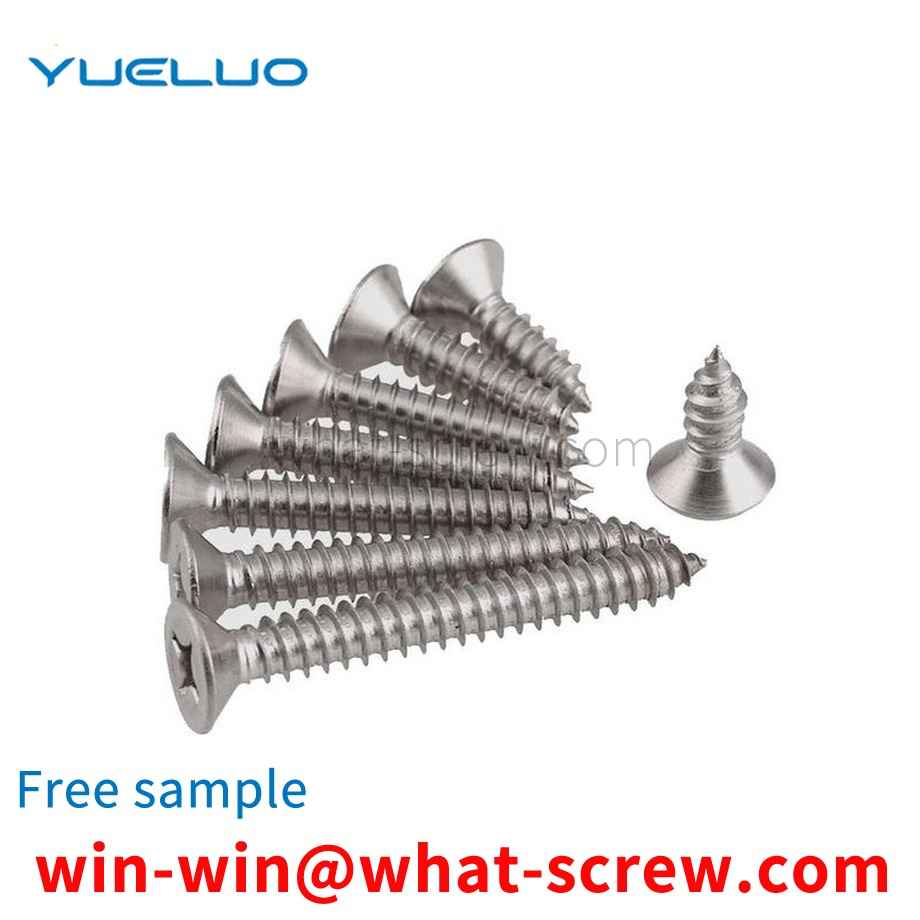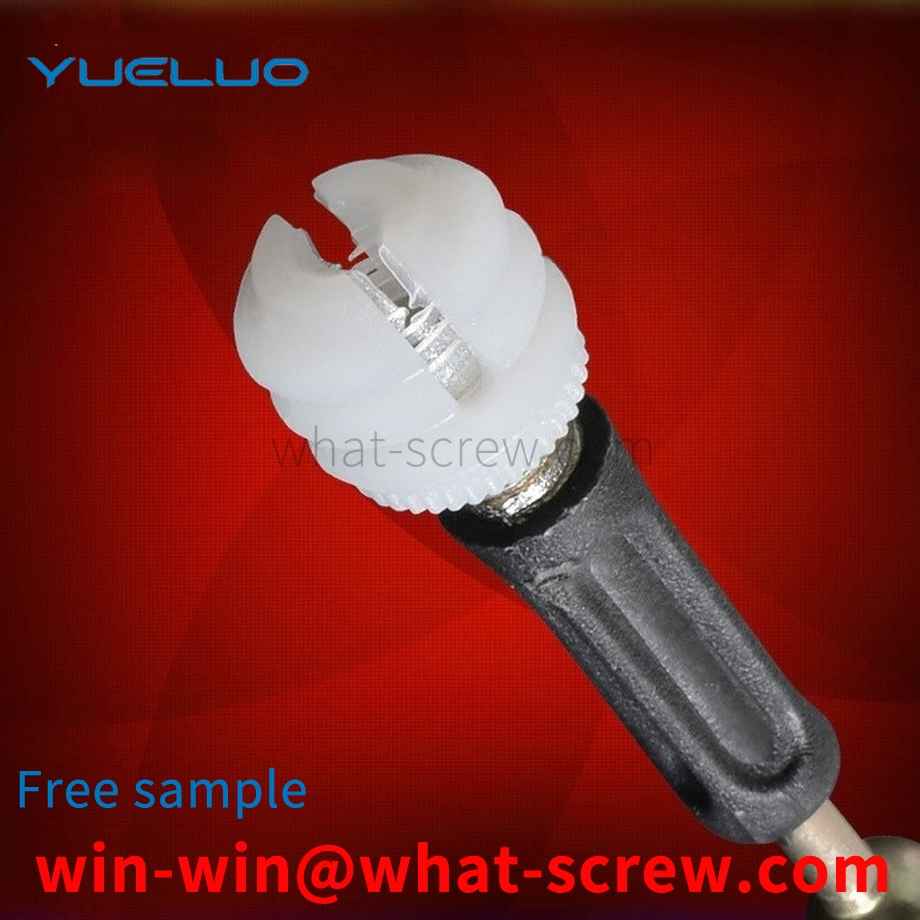Many customers ask what is the difference between a rivet nut and a rivet nut, and how to use it? Let's take a look at the difference between a rivet nut and a rivet nut with Yueluo. First of all, in terms of appearance, you can look at the differences in appearance. In terms of appearance, the difference between the rivet nut and the pressure rivet nut is still very big, but their main functions are almost the same. They all provide threads for thin plates, but the way of installation is different. The method of installation greatly determines the purpose and use of a nut. First of all, the installation method of the riveting nut is to use the riveting equipment to carry out the riveting, so it is suitable for use in the place where the riveting is not easy for the square tube and the round tube. The rivet nut also makes up for some of the shortcomings of electric welding, such as aesthetics, and places that are not easy to weld, such as thin plates.
In the installation of the external electrical components of the high-voltage electrical box, generally, the whole aluminum alloy profile with a T-slot is laid on the shell of the high-voltage electrical box, and then the upper nut is placed in the T-slot, and the bottom of the square nut is provided with a spring , When installing the electrical components, align the mounting holes with the screw holes of the square nut, then screw and tighten the screws to achieve the installation of electrical components. The biggest defect in the above installation process is that the alignment of the mounting hole and the screw hole is not very convenient, and the spring at the bottom of the square nut is easy to be missing. Once the spring is missing or damaged, the square nut cannot be effectively positioned in the T-slot. It makes the alignment of the mounting hole and the screw hole more difficult. Third, the above-mentioned connection and fixing method itself is not particularly ideal.
Ordinary thread Ordinary coarse thread: Feature code M+ Nominal diameter + Rotation + thread tolerance zone code (pitch diameter, top diameter) - Rotation length Ordinary fine thread: Feature code M+ Nominal diameter * thread pitch + direction of rotation + thread tolerance With code (middle diameter, top diameter) - the length of screwing is omitted for right-handed threads, and the left-handed thread is represented by LH. M 16-5g6g means coarse thread ordinary thread, nominal diameter 16, right-handed, the thread tolerance zone is 5g in the middle diameter and 6g in the major diameter, and the screwing length is considered as the medium length. M16×1 LH-6G means fine thread ordinary thread, nominal diameter 16, pitch 1, left-handed, thread tolerance zone medium diameter and major diameter are both 6G, and the screwing length is considered as medium length. The labeling format is: feature code (cylindrical pipe thread is represented by G, conical pipe thread is represented by NPT) + size code + tolerance grade code + rotation direction G1A--LH represents inch non-threaded sealing pipe thread, size code 1in, left-handed, tolerance The grade is A grade. Rcl/2 means inch thread seal taper pipe thread, size code 1/2in, right-handed.
rivet automatic feeding device comprises a feeding installation frame, the upper end of the feeding installation frame is provided with a horizontally arranged receiving block mounting plate, the upper surface of the receiving block installation plate is provided with a rivet receiving block, a rivet The upper surface of the receiving block is provided with a receiving block movable groove that opens upward and completely penetrates left and right. The left movable receiving rod can be embedded in the receiving block movable groove relatively movably, and the right movable receiving rod is located on the right end side of the left movable receiving rod. The receiving rod, the right end of the left movable receiving rod is provided with a left receiving groove that opens upward, and the left end of the right movable receiving block is provided with a right receiving groove that opens upward;
Blind rivets are a type of rivets for single-sided riveting, but they must be riveted with a special tool - a rivet gun (manual, electric, pneumatic). This type of rivet is especially suitable for riveting occasions where it is inconvenient to use ordinary rivets (which must be riveted from both sides), so it is widely used in construction, automobiles, ships, aircraft, machinery, electrical appliances, furniture and other products. Among them, the open type oblate head blind rivets are the most widely used, the countersunk head blind rivets are suitable for riveting occasions that require smooth performance, and the closed blind rivets are suitable for riveting occasions that require higher load and certain sealing performance.
We have many years of experience in the production and sales of screws, nuts, flat washers, etc. The main products are: 04 socket head cap bolts, ring nut lifting nuts, conical nuts, combination Phillips pan head screws and other products, we can provide you with The right fastener solution for you.



















 Service Hotline
Service Hotline




